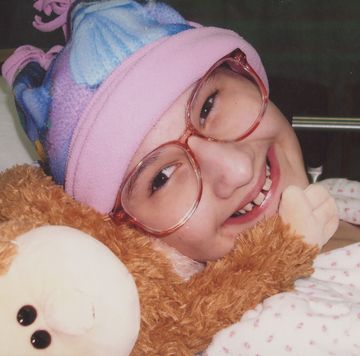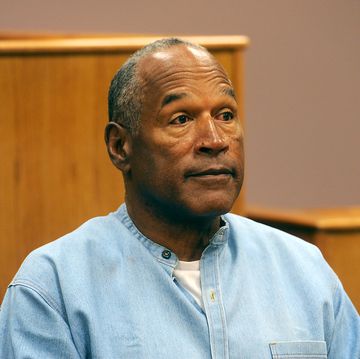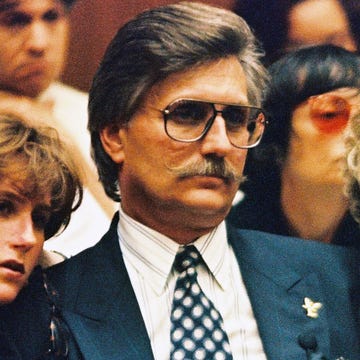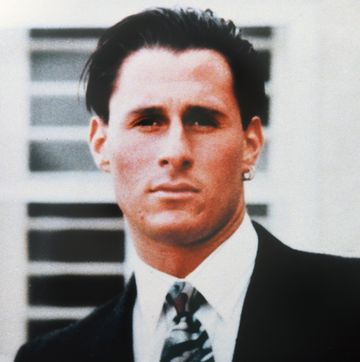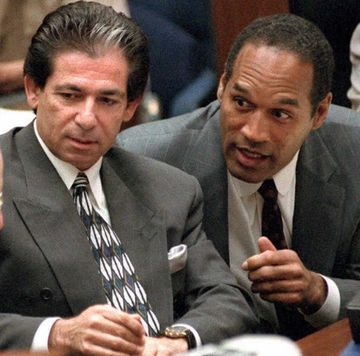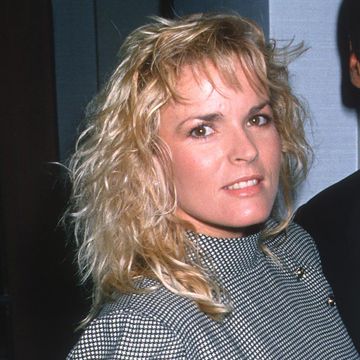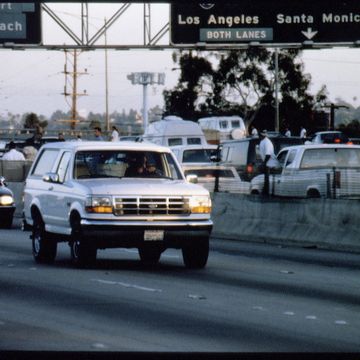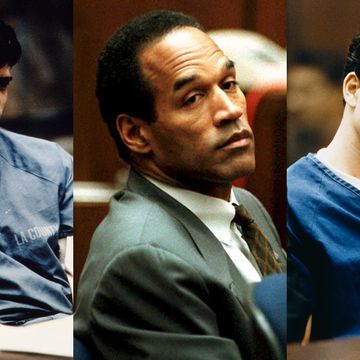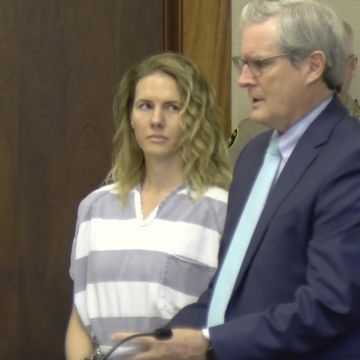It’s one of the most famous endings in film history. In the 1969 movie Butch Cassidy and the Sundance Kid, the two outlaws, played by Paul Newman and Robert Redford respectively, appear to go out in a blaze of glory during a gun battle in Bolivia in 1908. But the film’s ambiguous ending points to a murkier truth. Many – including members of Cassidy’s family – believe that the real-life Butch Cassidy, the jovial, charismatic leader of the Wild Bunch, lived for decades after the legendary South American shoot-out.
Butch Cassidy grew up in a Church of Jesus Christ of Latter Day Saints family in Utah
Few criminals have reaped as much goodwill – in life and death – as Cassidy. According to Richard Patterson, author of Butch Cassidy: A Biography, Cassidy was born Robert LeRoy Parker on April 13, 1866, in Beaver, Utah Territory. His loving parents, Ann Gillies and Maximillian Parker, were members of the Church of Jesus Christ of Latter Day Saints. Robert, the oldest child in a large family, grew up playing harmonica on “home evenings” when the family would read the Church of Jesus Christ of Latter Day Saints doctrine and play games.
When Robert was eight, his family homesteaded a large ranch outside of Circleville, Utah. Here, he became an expert cowboy and was a playful older brother to his younger siblings. The Parker family were not the most devout members of the Church of Jesus Christ of Latter Day Saints, but it is believed that they may have been involved in an illegal “underground railroad” sheltering polygamous Church of Jesus Christ of Latter Day Saints families from the U.S. government.
Cassidy's pseudonym was inspired by a cattle rustler
While working on a nearby cattle ranch as a teenager, Robert met a man who would alter the course of his life forever. Mike Cassidy, cowboy by trade, outlaw cattle rustler by choice, seems to have indoctrinated the restless Robert into the lucrative business of stealing of livestock. At the age of 18, Robert – probably on the run from crimes committed with Cassidy or alone – left the family home, telling his mother;
Ma, there’s not much here for me. No future. Pay in Utah is low – you know that. Maybe twenty or thirty dollars a month with board – and the board’s not much to brag about in most places. There’s no excitement around here. I’m not a kid anymore. Gotta be thinking about my future.
Robert would soon enter a life of Wild West crime – cattle rustling and other petty offenses. But in 1889, he would ride into the big leagues, successfully robbing the San Miguel Valley Bank in Telluride with associates Matt Warner and Tom McCarty. “A witness recalled seeing Butch, in the weeks before the robbery, spend hours teaching his horse to stand calmly while he ran and vaulted into the saddle,” Richard Patterson writes in the magazine Wild West. “Butch and his pals also constructed special leather bags to carry the loot, and they painstakingly laid out an escape route in advance, bolstered by relay teams of fresh horses.”
This shrewd attention to detail would become a hallmark of robberies committed by the Wild Bunch. With his entry into serious crime, Robert changed his name to protect himself – and his family’s honor. He chose Cassidy in honor of his mentor Mike Cassidy, but Butch was not his personal choice. “I took a job in Rock Springs in the butcher shop when I needed to lay low for a while,” he told a friend years later. “Matt Warner nicknamed me Butch, he thought it was a big joke.”
Cassidy met the Sundance Kid after a stint in jail
Cassidy, “a big dumb kid who liked to joke” according to friend Josie Bassett, continued his life of crime. In 1896, after a stint in jail, Cassidy went right back to his old ways. It was sometime after his release when Cassidy met a stoic, handsome East Coast-born former cowboy turned outlaw named Harry Longabaugh, aka the Sundance Kid. Cassidy now had a posse of outlaw acolytes who liked to rob banks and trains and also liked to party. During one celebration, the members of the Wild Bunch dressed as waiters, much to the amusement of friend Ann Bassett:
Poor Butch, he could perform such minor jobs as robbing banks and holding up pay trains without the flicker of an eye lash but serving coffee at a grand party that was something else. The blood curdling job almost floored him, he became panicky and showed that his nerve was completely shot to bits…the boys went into a huddle in the kitchen and instructed Butch in the more formal art of filling coffee cups at the table. This just shows how etiquette can put fear into a brave man’s heart.
Thanks to Cassidy's thorough planning, the Wild Bunch pulled off many successful robberies
Cassidy and the Wild Bunch’s notoriety grew as they racked up a staggering average of $35,000 per robbery. Although Patterson thinks the bunch probably only robbed four banks, four express trains and a coal company payroll office, they were soon blamed for every robbery in the Northwest.
It was Cassidy’s meticulous planning that made his robberies so successful. According to Patterson:
Little was left to chance. Butch and a few selected gang members would spend days, sometimes weeks, scouting a robbery site and the best escape route. Wisely, they always chose the summer months for all their holdups, when the weather was favorable for eluding posses. It appears that Cassidy also avoided killing. Although shots were fired during escapes, Butch was never known to have shot anyone during a holdup. The closest Butch ever came to harming a robbery victim was when he used explosives to force his way into an express car. A few express messengers were injured in the blasts, but none seriously. The gang always warned them when they would use dynamite, and they were wise enough to protect themselves by hiding behind the cargo.
The powerful railroad companies were soon hot on the Wild Bunch’s trail. Pinkerton detective Charlie Siringo, who called Cassidy “the shrewdest and most daring outlaw of the present age,” trailed the gang all over the West, often posing as an outlaw to search for the robbers.
A break for the Pinkerton agents seems to have been the result of one of Cassidy's legendary larks. In 1900, some of the Wild Bunch was in Texas to visit their favorite brothels and blow off some steam. They decided to get a formal portrait taken as a joke. This picture of the Sundance Kid, Will Carver, Ben Kilpatrick, Harvey Logan (Kid Curry) and Cassidy was a rare misstep for him. It is said a Wells Fargo agent recognized the outlaws when the photo was displayed in the photographer’s Fort Worth studio window. It was soon on wanted posters throughout the West.
The Wild Bunch's final robbery helped fund a new life for Cassidy and Sundance in South America
By 1900, it appears Cassidy was tired of life on the run. A lawyer claimed Cassidy came to visit him, curious if he could get a pardon and settle down for good. When he was told it would be impossible, Cassidy was understanding. "You know the law, and I guess you're right,” he said. “But I'm sorry it can't be fixed some way. You'll never know what it means to be forever on the dodge."
The Wild Bunch pulled their last major robbery at the First National Bank of Winnemucca, Nevada, on September 19, 1900. According to Patterson, Cassidy managed to charm the populace yet again, even in the midst of planning and executing the robbery:
One boy, 10-year-old Vic Button, whose father managed the CS Ranch east of town where the outlaws camped, remembered Butch as a likable man with a broad grin. He said the outlaw gave him candy. Button also said that one day when he told Butch how much he admired his horse, Butch replied that someday he might give it to him. A few days later, Butch kept his word. Following the robbery, as the three outlaws were changing to fresh horses, Butch told the cowboy who had been attending the animals to give his winded horse to the young boy at the CS Ranch.
This robbery may have been to fund a new life in South America, far from Pinkerton detectives. In 1901, Cassidy and the Sundance Kid bought property in Cholila, Argentina under assumed names. They were joined on their new ranch by the mysterious, beautiful Etta Place – Sundance’s girlfriend – and according to some, Cassidy’s unrequited love. In his typical glib manner, Cassidy wrote to his friend Mathilda Davis back in America about his new setup:
Another of my Uncles died and left $30,000 to our little family of three so I took my $10,000 and started to see a little more of the world. I visited the best cities and best parts of the countries of South A. till I got here. And this part of the country looked so good that I located, and I think for good, for I like the place better every day.
The pair were killed in Bolivia, but there were alleged sightings of Cassidy after his death
It was not long before the trio were accused of bank robberies in South America. Place eventually returned to the States (disappearing into history), and Cassidy and Sundance ended up in Bolivia. On November 6, 1908, the pair were said to have stolen payroll from a mining company’s courier in San Vicente, Bolivia. A few days later, the Bolivian Cavalry surrounded the house where they were staying. A subsequent shootout left a man believed be Sundance injured. That evening, soldiers heard two shots coming from inside the house, and found the two men dead with bullet wounds in the head. The men were buried in a nearby Indian cemetery.
When news filtered back to the U.S. that Cassidy and Sundance had been killed, none of their friends seemed to have particularly believed the story. Sightings of Cassidy began almost immediately.
In Cassidy's nephew Bill Betenson’s book Butch Cassidy: My Uncle, the author points to around 20 well-documented sightings of Cassidy after 1908. In 1925, Cassidy, driving a shiny new Ford and sporting the “characteristic Parker grin,” was said to have visited family in Utah. His sister Lula Parker Betenson claimed he told the family of his exploits and kept in touch with them until is alleged real death in 1937.
Engineer William T. Phillips claimed he was the real Cassidy
For many years, it was believed that a Spokane engineer named William T. Phillips was in fact Cassidy. He seems to have done everything possible to encourage this theory, even writing a book – Bandit Invincible – about Cassidy’s exploits. He also died in 1937, though Lula claimed he was not Cassidy.
It does appear that Phillips was an imposter. Historian Larry Pointer has uncovered two mugshots – one of Cassidy and one of Phillips, from the same period in Wyoming. It appears the two men probably served time together in the penitentiary, and that Phillips may have ridden for a time with the Wild Bunch.
In the early 1990s, two bodies believed to be Cassidy and Sundance were exhumed in Bolivia. DNA tests conducted by Clyde Snow, one of the nation's foremost forensic anthropologists determined they were not Cassidy and Sundance.
According to Bill Betenson, his family knew exactly where Cassidy was buried after his alleged real death in 1937: “My great-grandmother, Butch’s little sister Lula, was very clear. She said that where he was buried, and under what name, was a family secret; that he was chased all his life and now he had a chance to finally rest in peace – and that’s the way it must be.”



